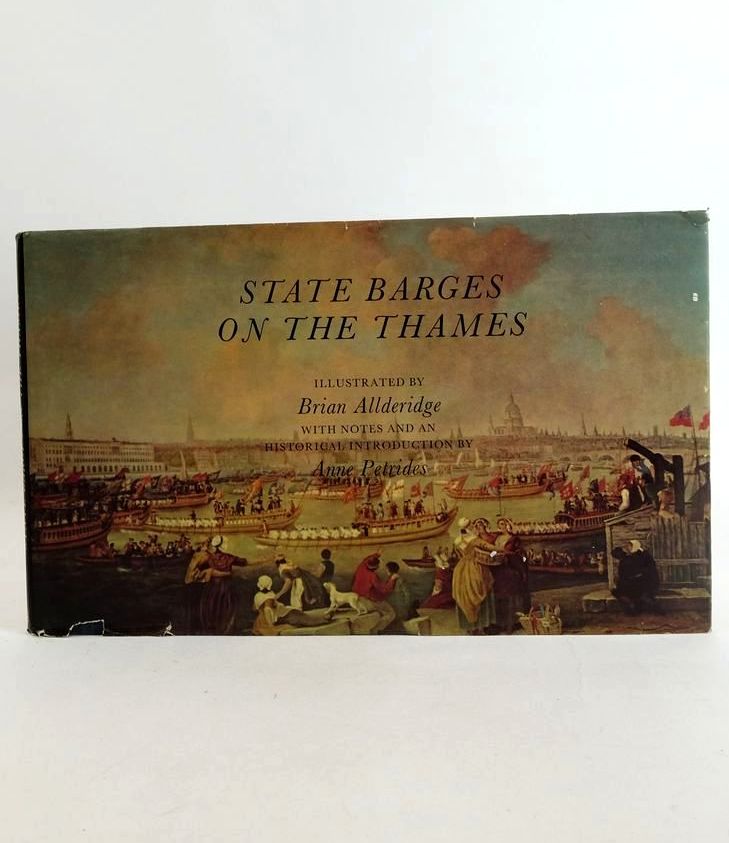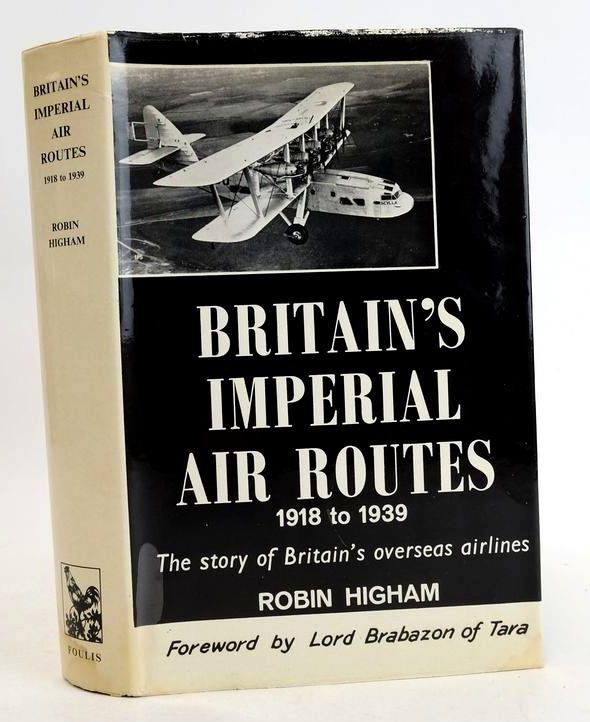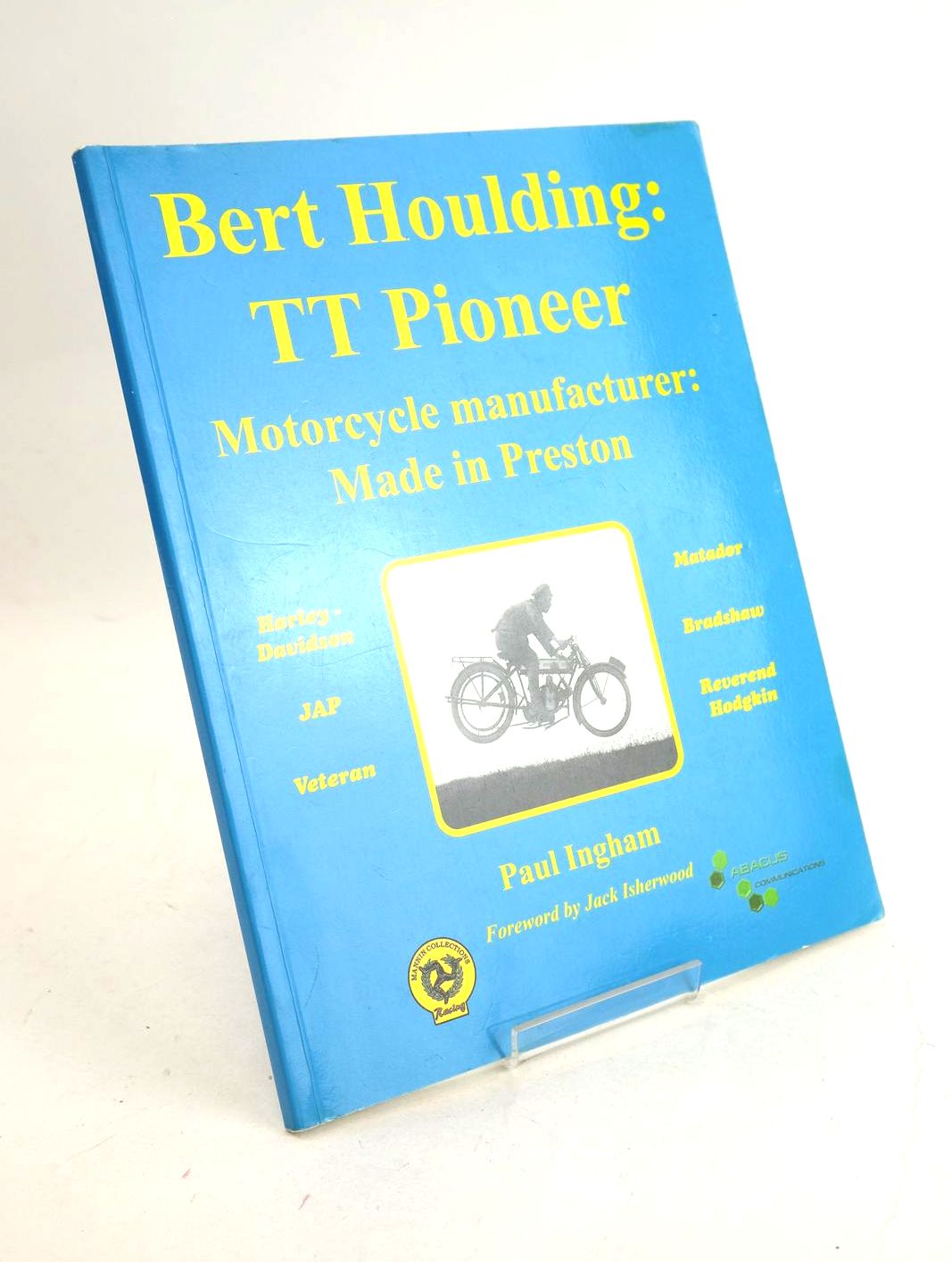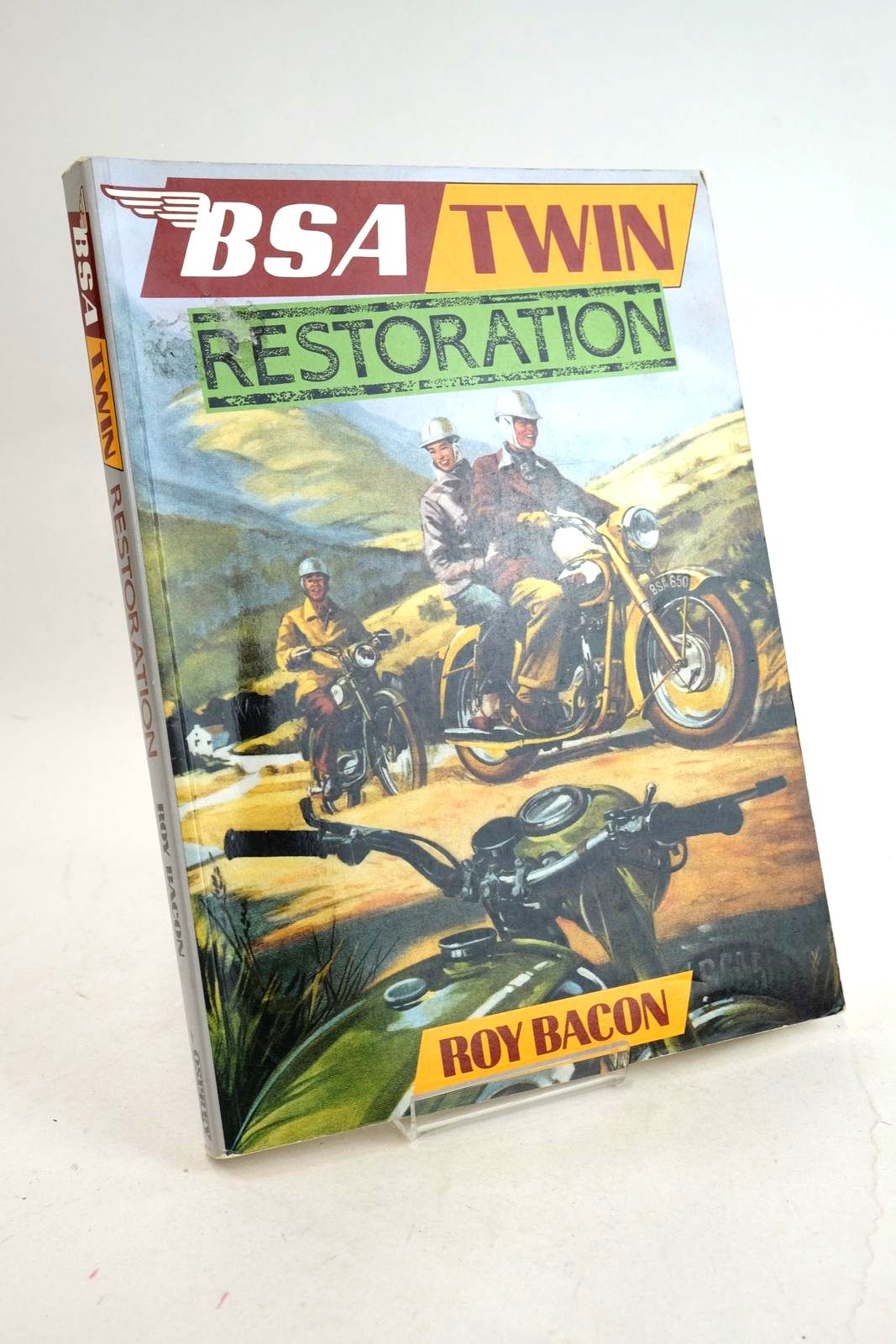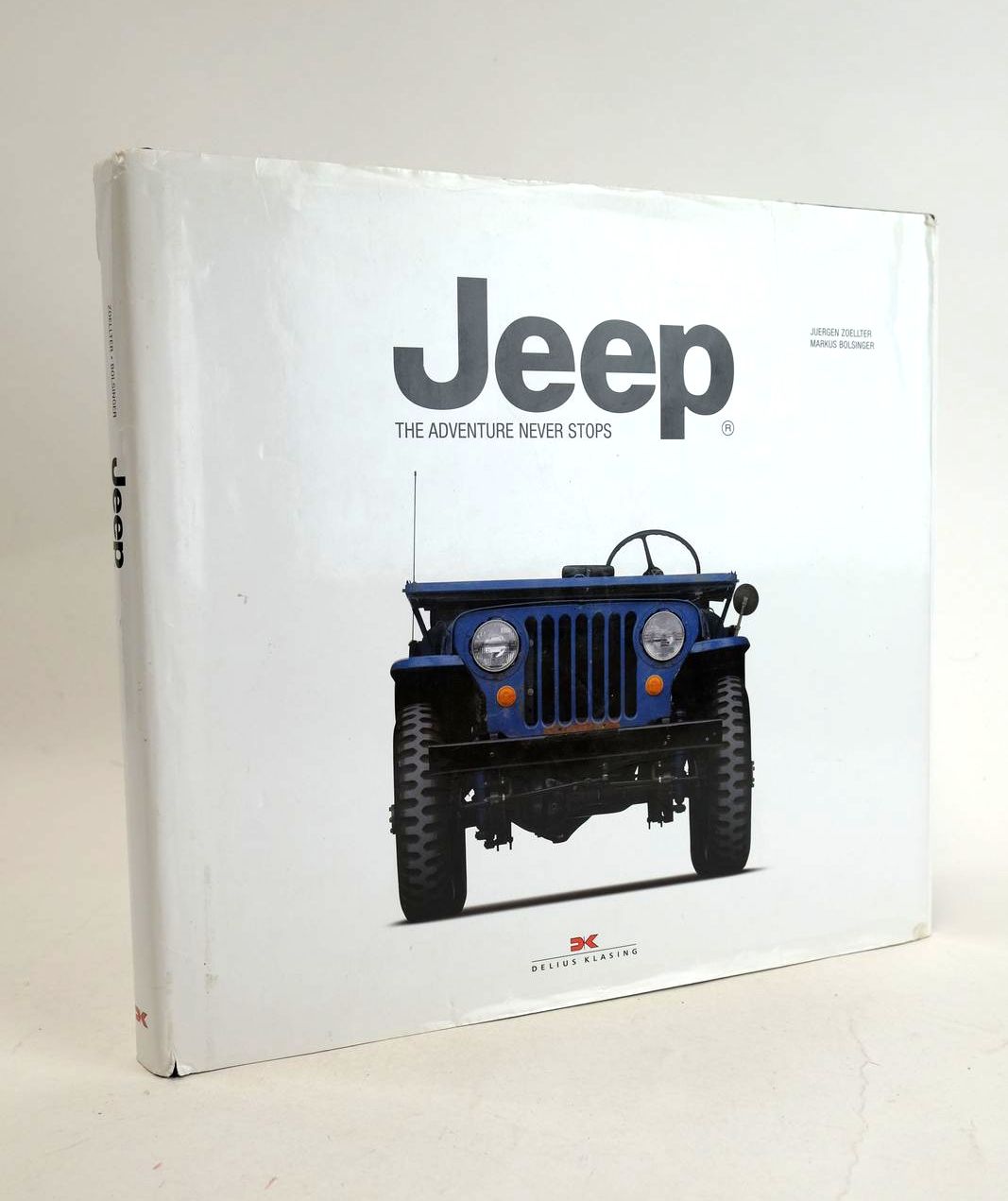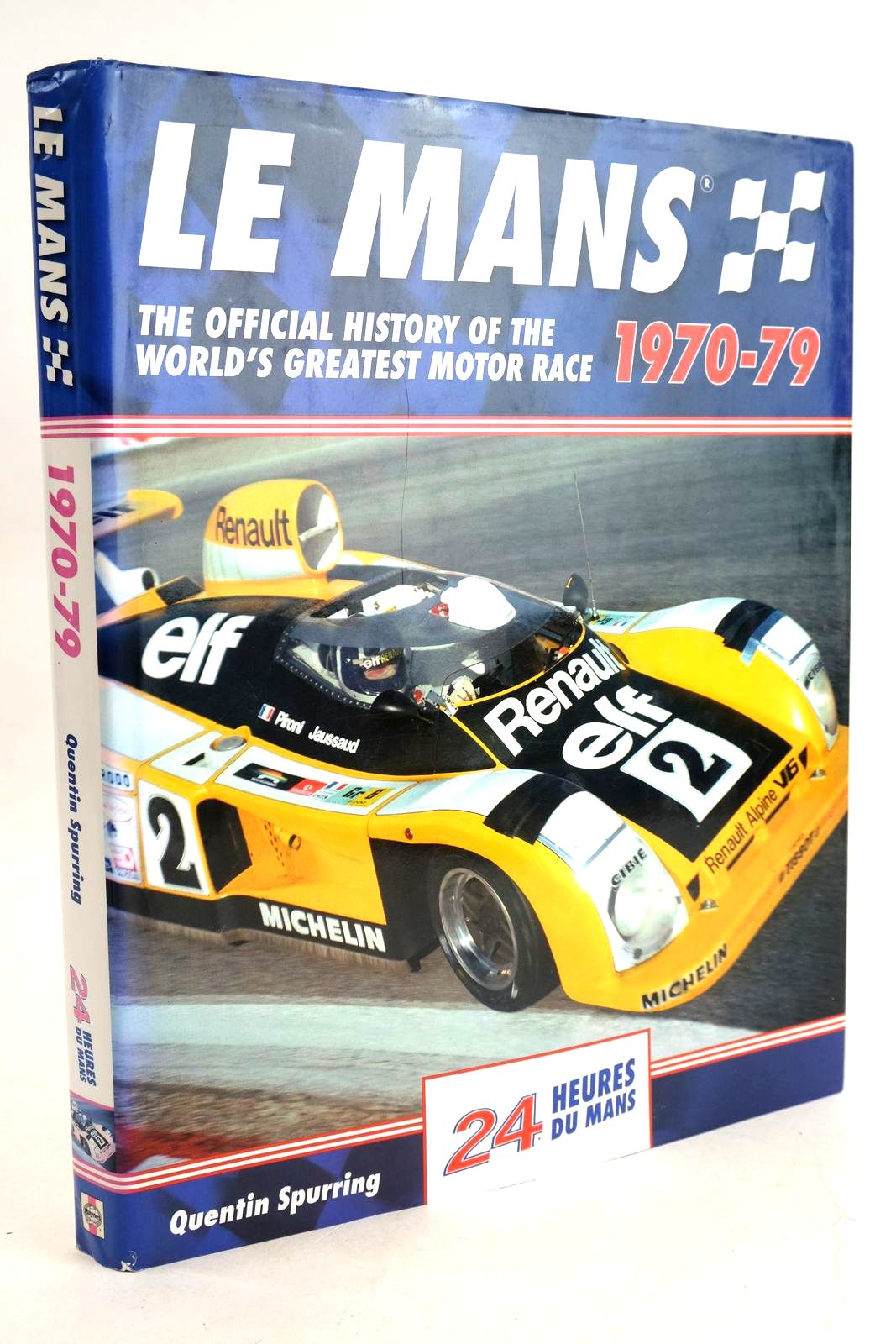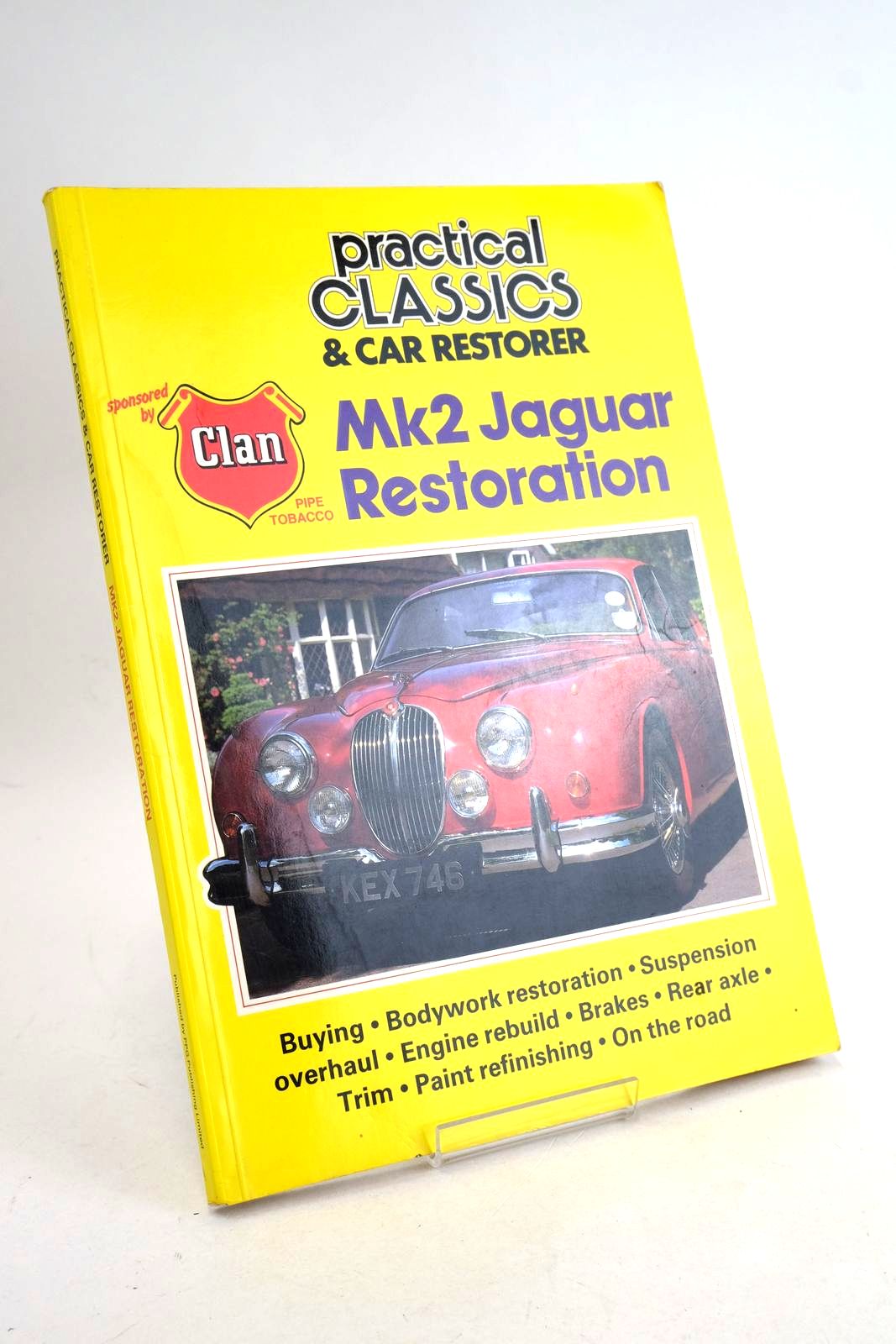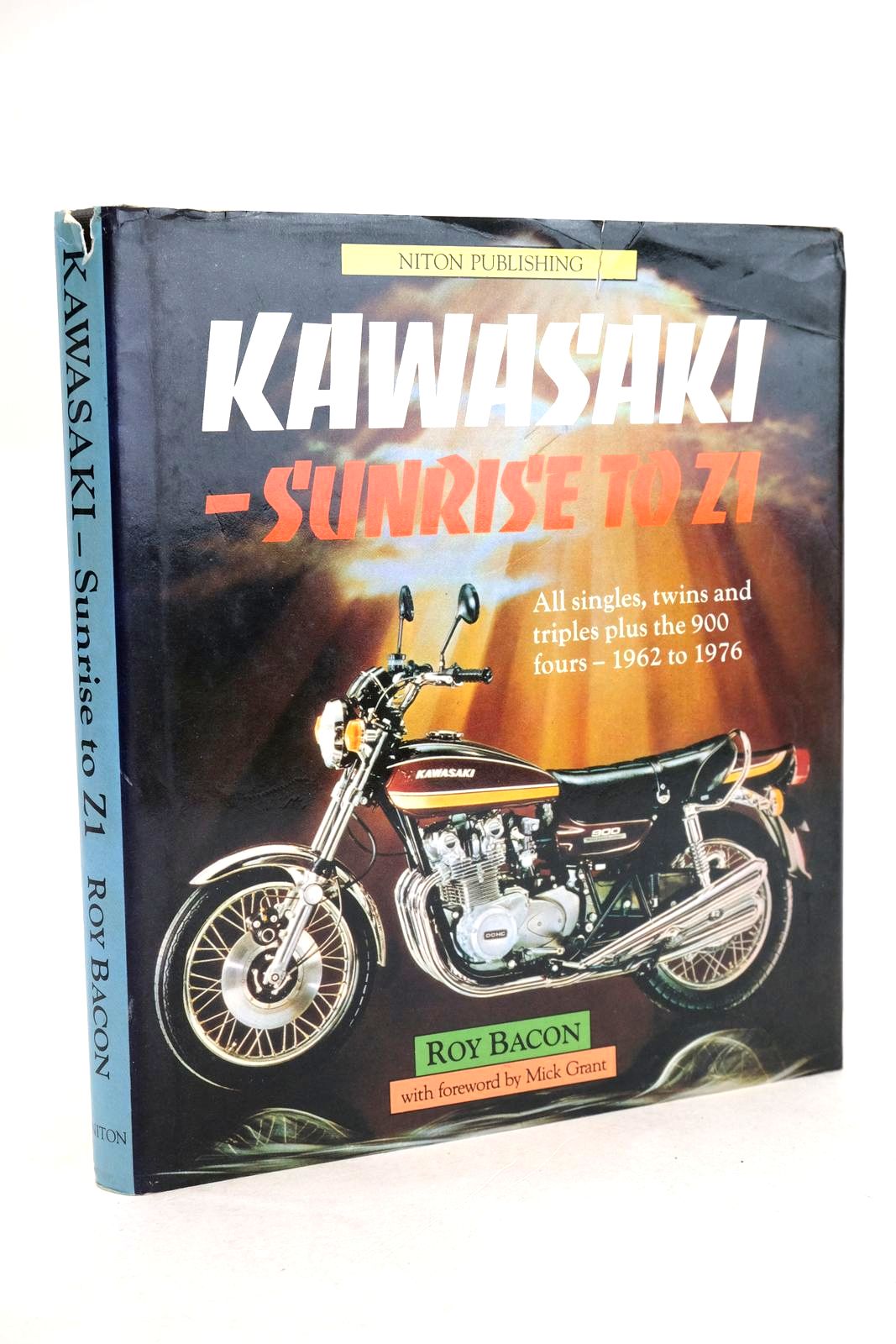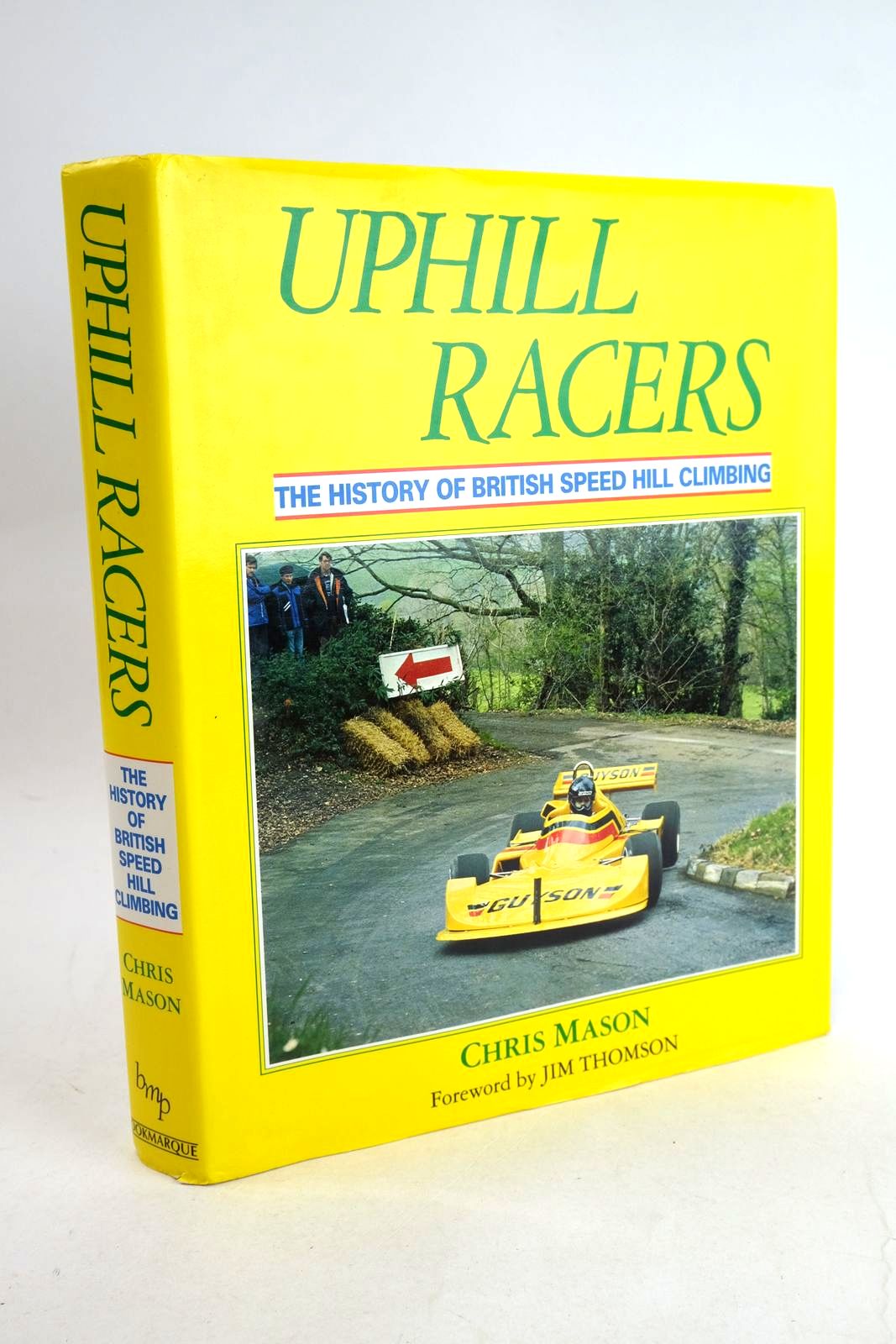JEEP - FAITHFUL AS A DOG, STRONG AS A MULE, AGILE AS A GOAT
In 1946 my family bought their first jeep – a Willys with a civilian registration DJY 201. 70 years later I still own and drive that jeep.
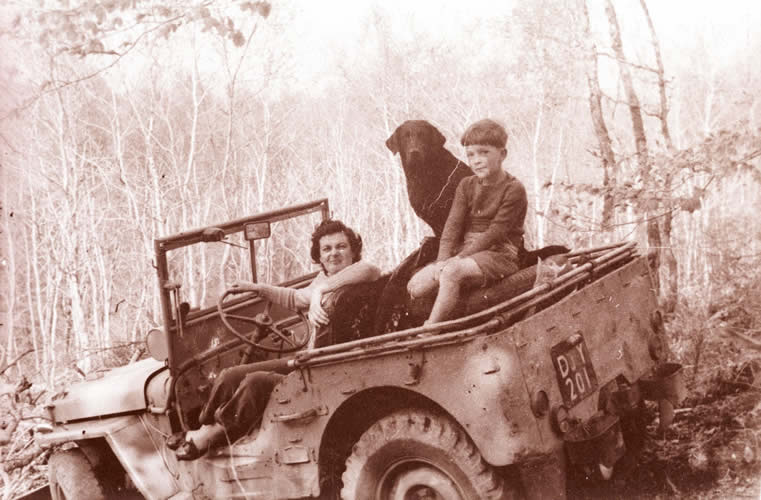
Above: Cliff in the jeep in 1956.
About 8 million horses died during World War One, they were used for transporting men, materials and guns. In World War Two the US Army needed a replacement for the horse and in early 1940 the US Army issued a specification. The Bantam Car Company and Willys-Overland were the only two companies that responded to the Army's call, although over 130 companies had been invited to respond. They had been given a 49-day deadline and Willys-Overland asked for more time to finish their vehicle.

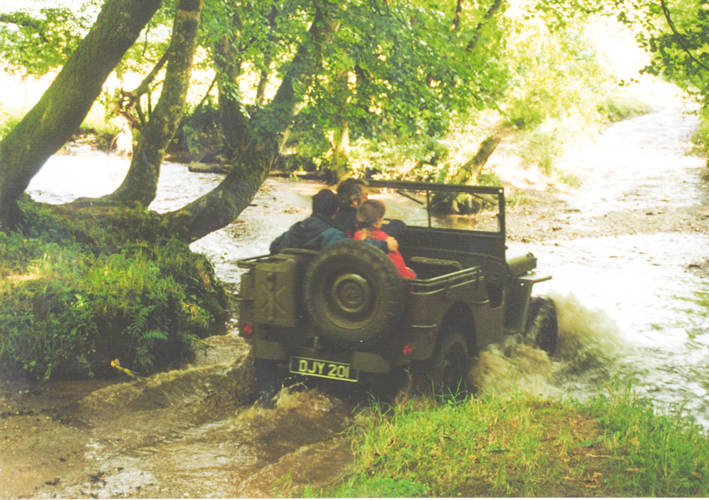
Bantam's first hand-built prototype was complete and running by September 21, 1940, meeting the 49-day deadline. The Army put this prototype through torturous testing, taking the Bantam Jeep vehicle over 3,400 miles, of which all but about 250 were off-road. The vehicle passed the test with flying colours. However, the Army had concerns about the Bantam company's ability to manufacture the quantity required and, ultimately, both Willys and Ford submitted prototypes based on the Bantam plans supplied to them by the Army. The Willys "Quad" and the Ford "Pygmy" prototypes added their own changes and modifications to the basic Bantam design. In the end the contract was awarded to Willys, probably because of the superior “Go-Devil” engine, and Willys subsequently licensed Ford to make an almost identical vehicle. (Jeep purists can list the subtle differences!!).
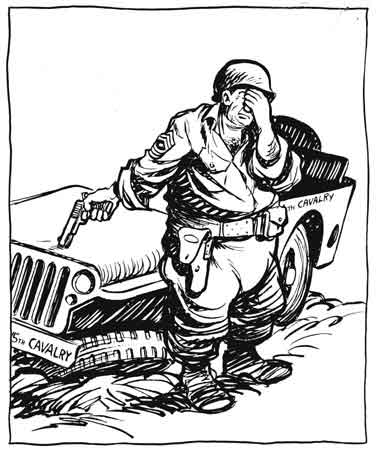 Some 700,000 jeeps were produced during World War two and they fought in every theatre of war from deep frozen Russia to the boiling jungles of Asia to the desert of North Africa. Despite its very rapid development the jeep proved to be a reliable and capable support to the Army. War correspondent Ernie Pyle characterized the Jeep : "It's as faithful as a dog, as strong as a mule and agile as a goat."
Some 700,000 jeeps were produced during World War two and they fought in every theatre of war from deep frozen Russia to the boiling jungles of Asia to the desert of North Africa. Despite its very rapid development the jeep proved to be a reliable and capable support to the Army. War correspondent Ernie Pyle characterized the Jeep : "It's as faithful as a dog, as strong as a mule and agile as a goat."
Bill Mauldin's famous cartoon of the hardened veteran Sergeant tearfully putting his dying jeep out its misery wonderfully captures the deep attachment the soldiers had for their Jeep
My family bought and sold several jeeps including an example of the Metamet conversions which provided “car” bodies to fit on jeep underpinnings; an attempt to convert a jeep to right hand drive (which failed because of some issue with the bell housing); a long wheel base jeep chassis (but no body) and a conversion to use a Perkins diesel engine. All were used and abused, frequently being so heavily overloaded that pieces of wood were wedged in to relieve the suspension and a crane added to the front bumper....! But - the jeep was unbreakable.
Look closely at the 1956 picture with me in the back. You can see the small petrol tank mounted in front of the windscreen. The jeep was started using petrol but the main tank under the driver's seat was filled with TVO (Tractor Vaporising Oil) which was much cheaper. When the jeep was warmed up you switched to TVO and then, hopefully, you remembered to switch to back to petrol when you stopped!!!
In winter, when the village was snowed in, we helped the villagers get out and the various delivery vans get in (and out again). Some 20 years ago my son-in-law, Steve, restored the jeep and it's now used regularly but with care, as befits an older person, and hopefully will remain as part of the family for another seventy years.
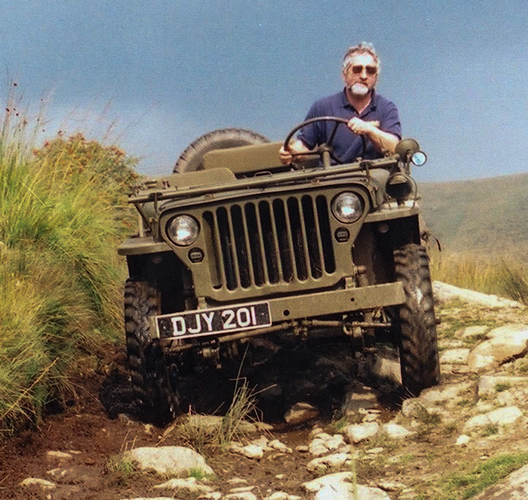
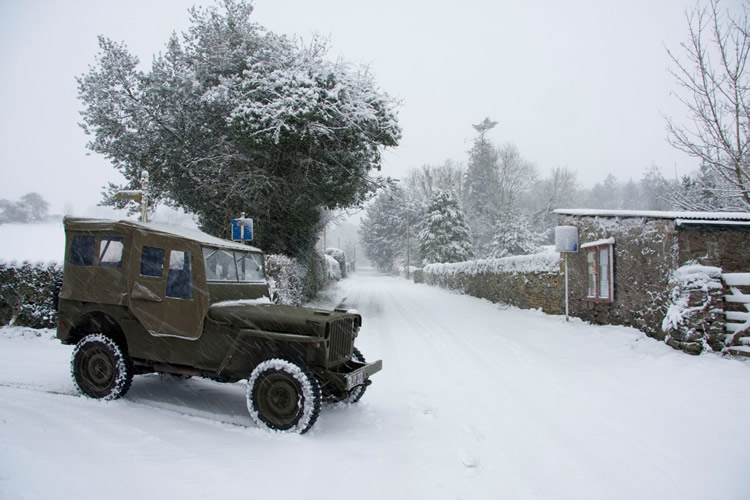
Contributed by Cliff
(Published on 12th Jan 2016 )


